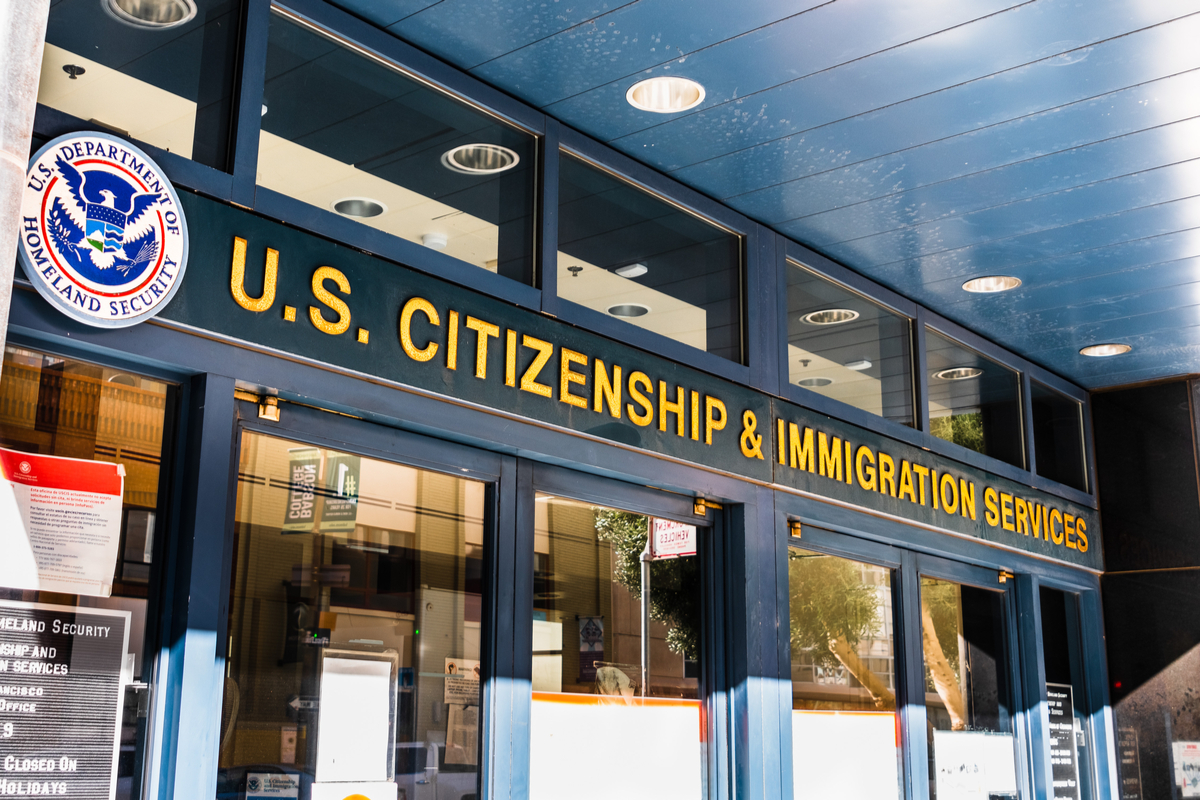 by Christian Triantaphyllis and Catharine Yen
by Christian Triantaphyllis and Catharine Yen
Introduction
Currently, there are approximately 400 USCIS-designated regional centers, up from only 25 regional centers in 2006. This means that the number of regional centers has increased by 16 times in just seven years! With faster I-924 approval rates and more developers jumping on the EB-5 bandwagon, regional centers are popping up throughout the United States. Armed with an I-924 approval notice, regional center developers often come into my office, ready to start on their projects, but they inevitably always ask, “My regional center is approved! Now what?” This article is targeted to regional center developers and serves as a roadmap to explain how developers should fully utilize their regional center approval and how to get their EB-5 projects ready to market to investors.
Step 1: Develop your marketing plan
In your I-924 application, you should have submitted an operations plan (or similar document), that details how you expect your regional center to market your project and attract investors. Your regional center needs to implement those marketing strategies and ideas to begin finding investors. This stage of the process includes you and your management team traveling to participate in various trade shows and exhibitions around the world. Major countries that regional center developers are targeting are China, Korea, Mexico, Venezuela, and Colombia.
In addition to physically leaving the United States to find investors, your regional center will also need to develop marketing materials, such as brochures, PowerPoint presentations, and your regional center’s website. The marketing materials should include:
- How many EB-5 investors you expect to include in the project
- How many jobs you expect to create
- Whether this is a $500,000 or $1 million project
- Whether the project has an approved I-526 exemplar
- The credentials and experience of the management team in the field of your EB-5 project. For example, if your regional center is planning to build an apartment complex as its EB-5 project and your team has several years of real estate development experience, then it would be a great fact to highlight in your marketing materials.
- A brief overview of competitive advantages over market competition.
Other useful marketing materials that I would consider including are the following:
- EB-5 application timeline/flowchart
- EB-5 frequently asked questions section
- Pictures of the developer’s previous successful projects
- Contact information of the management team, including the foreign languages spoken at your regional center
- Pictures, diagrams, and charts of your project’s business design concepts and investment structure
These are some ideas to help you get started with marketing your EB-5 project, but the most important part of this process is to first consult your securities attorney before you begin any marketing. An EB-5 investment is an offering of unregistered securities, and your regional center needs to comply with SEC laws when marketing the project in the United States. Therefore, you need to know what you can and cannot do in advertising and marketing your project.
Step 2: Develop a process to vet for suitable and accredited investors
According to Rule 506, Regulation D Exemption under the Securities Act of 1933, in order to invest in an EB-5 project and be exempt from the securities registration requirements, the EB-5 investor must be an accredited investor. This means that your regional center needs to develop a way to vet all your potential investors to ensure that you are accepting accredited investors into your EB-5 project, thereby complying with U.S. securities laws.
The most common way to vet for accredited investors is for each potential investor to complete a questionnaire whereby the investor indicates how he qualifies as an accredited investor. The questionnaire can be supplemented with information regarding the investor’s accredited investor status, such as his personal tax returns or a gift letter of at least $1 million USD to the investor. Even if the investor is investing $500,000 in a project located in a TEA, it remains necessary to satisfy the accredited investor requirements. An experienced EB-5 securities attorney should be able to provide a sample questionnaire that your regional center can use.
In addition to gathering financial information from the investor, this questionnaire should inquire about the investor’s immigration, criminal, and employment history. By asking these questions, you can determine if this investor is suitable for your project. The EB-5 program is not for everyone. At the end of the day, you do not want to accept an investor who will have inadmissibility issues when entering the country on an EB-5 visa because of his previous immigration history or criminal history. If your investor’s I-526 petition or admission to the United States is denied, then this denial will mar your regional center’s reputation and make it difficult for you to obtain potential investors in the future. Therefore, it is critical to pre-screen your potential investor before beginning the investment process.
Step 3: Meet with your bank to set up accounts for your regional center
To begin your EB-5 project, you will need to find a bank that is willing to work with your regional center to set-up the following accounts:
- Regional center operations account
- Project operations account
- Escrow account (if applicable)[1]
The regional center operations account will be the account used to pay the regional center expenses, such as marketing costs, building and lease costs for your office, and management team salaries. Your regional center will likely collect administrative fees of $35,000 to $60,000 from investors to defray these costs. These fees should be deposited into the regional center’s operations account. The project operations account will serve as the account that the EB-5 investment is eventually deposited into, as this account will be used to provide capital to begin construction or development on your EB-5 project.
Additionally, you will need to work with your bank and escrow agent to set up an escrow account for your investors. The investors will remit their EB-5 capital contribution to the project’s escrow account. The EB-5 investment will remain in the escrow account until the terms of the escrow agreement have been fulfilled. The terms of the escrow agreement are different for each regional center – it depends how you would like your regional center to operate. For example, some escrow agreements are structured so that funds are released from escrow to the project’s operations account upon I-526 petition filing. Others are structured so that funds are released upon I-526 petition approval. It will be the regional center’s duty to 1) find a bank amenable to serve as the escrow account holder and 2) work with the bank to draft the escrow terms.
Step 4: Work with your immigration attorneys to assemble the I-526 template petition
The I-526 petition is comprised of three main parts: 1) regional center documents; 2) project documents; and 3) investor’s source of funds and biographic documents. The I-526 template consists of Part 1 and Part 2—the regional center documents and the project documents, respectively. This template will serve as the starting place for all your investor’s I-526 petitions for your immediate EB-5 project. With this I-526 template, the investor will only need to gather his source of funds documents to supplement the template documents.
Another benefit to having an I-526 template is that all the regional center and project documents submitted to USCIS will remain consistent. This means that if USCIS does not find any issues with the regional center or project documents for one case, then deference will generally be accorded to applications with identical regional center and project documents filed for the same project under the regional center. Maintaining consistency in your I-526 petition filings results in faster and higher rates of petition approvals for your investors. Furthermore, the template makes it more manageable for your regional center to handle a large number of investors’ petitions.
On the other hand, if you expect to make a lot of changes to your business plan during development, it may not make sense for you to invest the additional effort at this stage in an I-526 template.
Generally, the regional center documents are comprised of:
- Regional center approval notice
- Corporate formation/tax documents for your regional center business entity
Generally, the project documents are comprised of:
- Corporate formation/tax documents for your project business entity
- Matter of Ho compliant comprehensive business plan
- Construction timeline
- Economic Impact Study
- Offering memorandum and related transactional documents
- TEA Letter (if applicable)
Please note that this is only a general checklist, as each project has its own specific and complexities that need to be addressed in the I-526 template.
These are basic preliminary steps to take once you have your regional center approval in order to get your project off the ground. These tips should help guide your EB-5 project in the right direction so that you can develop a track record of success that is good for you
[1] There is no legal requirement that funds have to go into escrow first, with it being released upon submission or approval of the I-526 Petition. However, for marketing purposes, most investors from China will not invest unless there is an escrow account. This may not be true for other investors from different countries. Escrow accounts are generally very common, but are not legally required.
DISCLAIMER: The views expressed in this article are solely the views of the author and do not necessarily represent the views of the publisher, its employees. or its affiliates. The information found on this website is intended to be general information; it is not legal or financial advice. Specific legal or financial advice can only be given by a licensed professional with full knowledge of all the facts and circumstances of your particular situation. You should seek consultation with legal, immigration, and financial experts prior to participating in the EB-5 program Posting a question on this website does not create an attorney-client relationship. All questions you post will be available to the public; do not include confidential information in your question.








